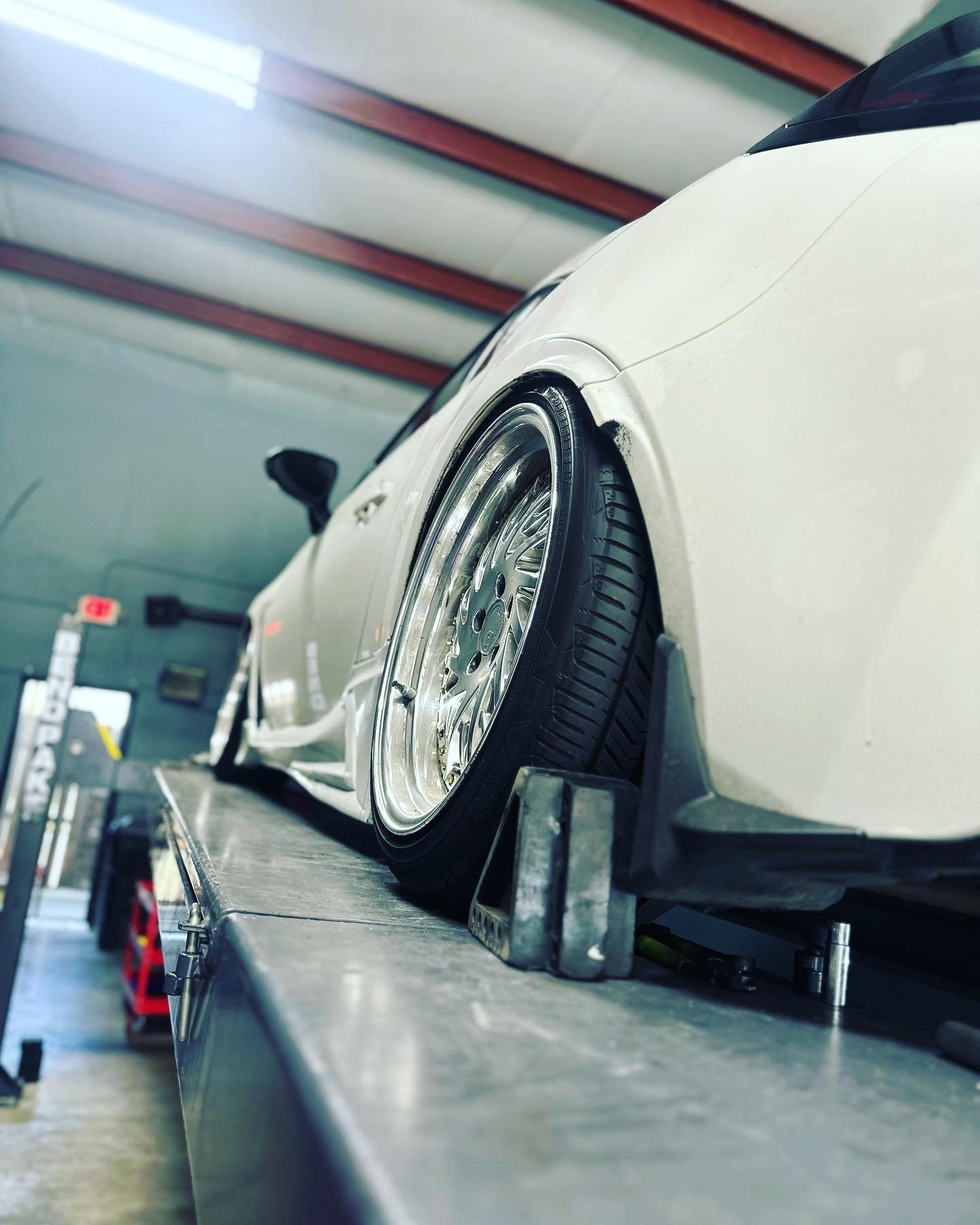
- Ever wondered why you are able to sit comfortably in your car even for long distances? You might be thinking seats, of course car seats do have a role to play but not more than your car’s suspension. Yes, the jumble of springs and shockers you see sticking under the car are what make your ride a smooth one. The suspension on your car absorbs the impact or the bumps before it can hit the frame and give you a comfortable ride. Not only that, advanced suspension systems can adapt to the road type and auto configure themselves to make the bumpy road a walk in the park.
Before we take you to different types of suspensions, take a look at the few components that are almost the same across all types of suspension systems. These are:
Also Read – Types of Chassis
- Damper or shock absorber: Its function is to absorb shocks from the road and bumps. It does this by absorbing the kinetic energy transferred from the wheel to the frame and converts it into heat energy. This is why the dampers are filled with oil to keep them cool as they continuously absorb the shocks from the road. A damper cuts out the vibration and prevents you from bouncing in the car.
- Coils or Springs: Coils also absorb shocks and compress corresponding to vehicle load. Coils and dampers mostly go together to prevent body roll i.e. preventing the car from toppling in the event of a high speed turn.
- Ball Joint: Since there are many rotational forces at play when a car turns, a ball joint helps as a rotation axis to smoothen the process.
Knuckle Arm: The knuckle arm, also known as the steering arm, connects the suspension to the wheel. A very important part of the suspension system, a knuckle arm works as a meeting point for the suspension and the wheel.
